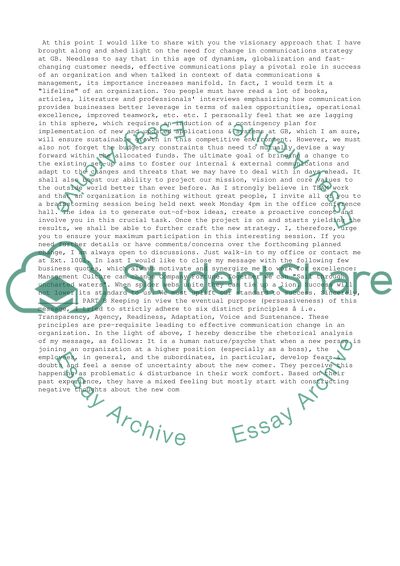Cite this document
(“Organisational Communication: Persuasive Message Assignment Essay”, n.d.)
Organisational Communication: Persuasive Message Assignment Essay. Retrieved from https://studentshare.org/management/1432021-organisational-communication-persuasive-message
Organisational Communication: Persuasive Message Assignment Essay. Retrieved from https://studentshare.org/management/1432021-organisational-communication-persuasive-message
(Organisational Communication: Persuasive Message Assignment Essay)
Organisational Communication: Persuasive Message Assignment Essay. https://studentshare.org/management/1432021-organisational-communication-persuasive-message.
Organisational Communication: Persuasive Message Assignment Essay. https://studentshare.org/management/1432021-organisational-communication-persuasive-message.
“Organisational Communication: Persuasive Message Assignment Essay”, n.d. https://studentshare.org/management/1432021-organisational-communication-persuasive-message.


